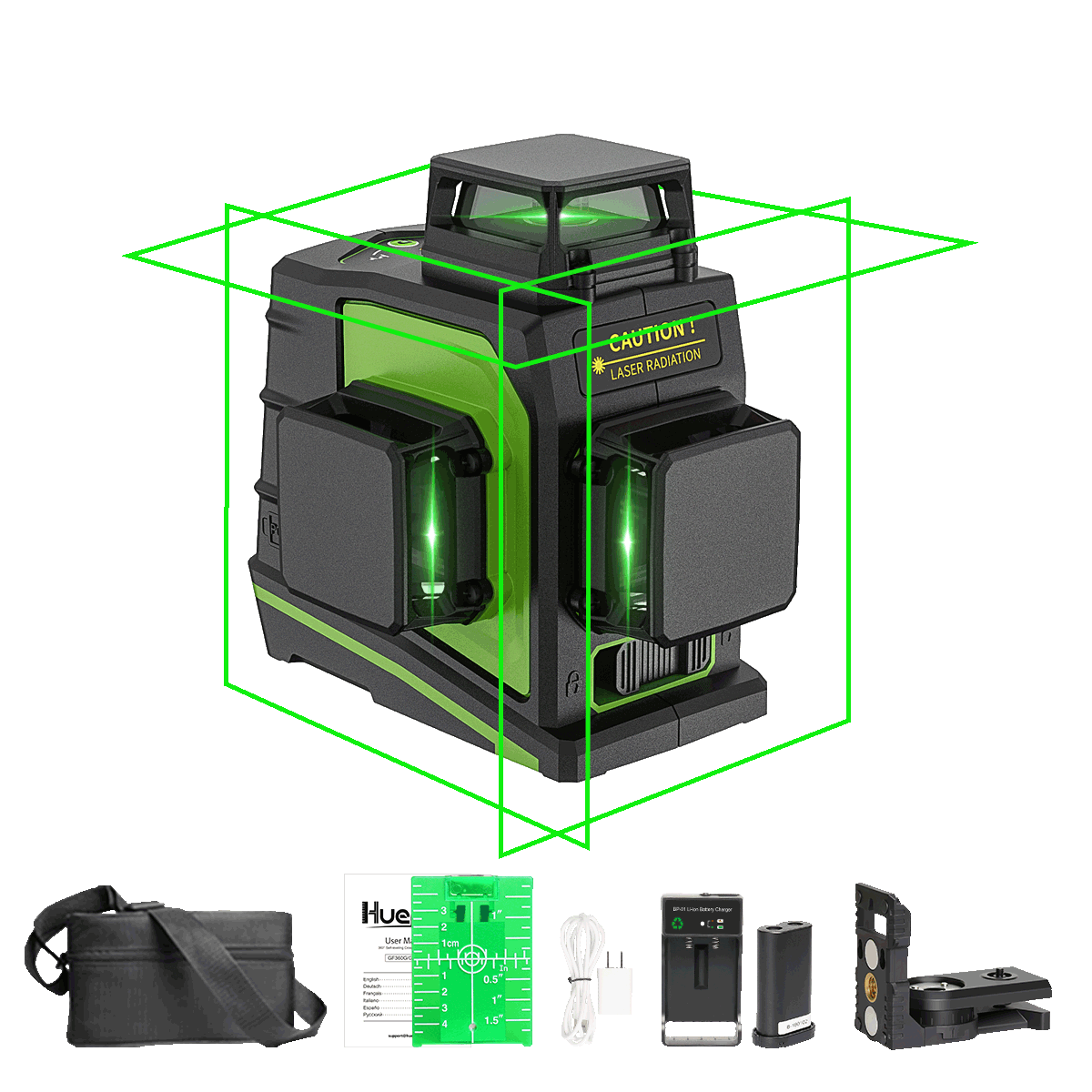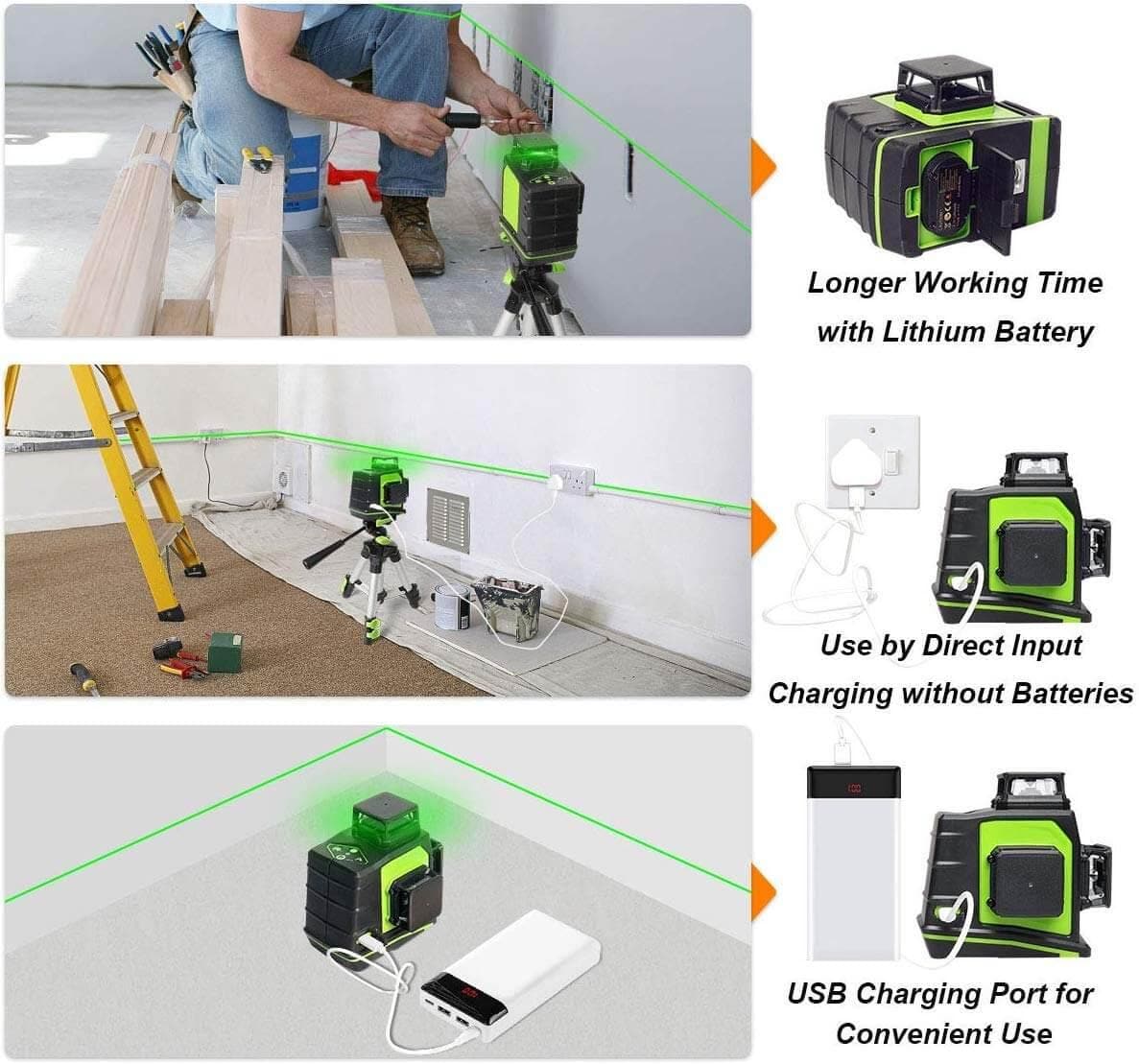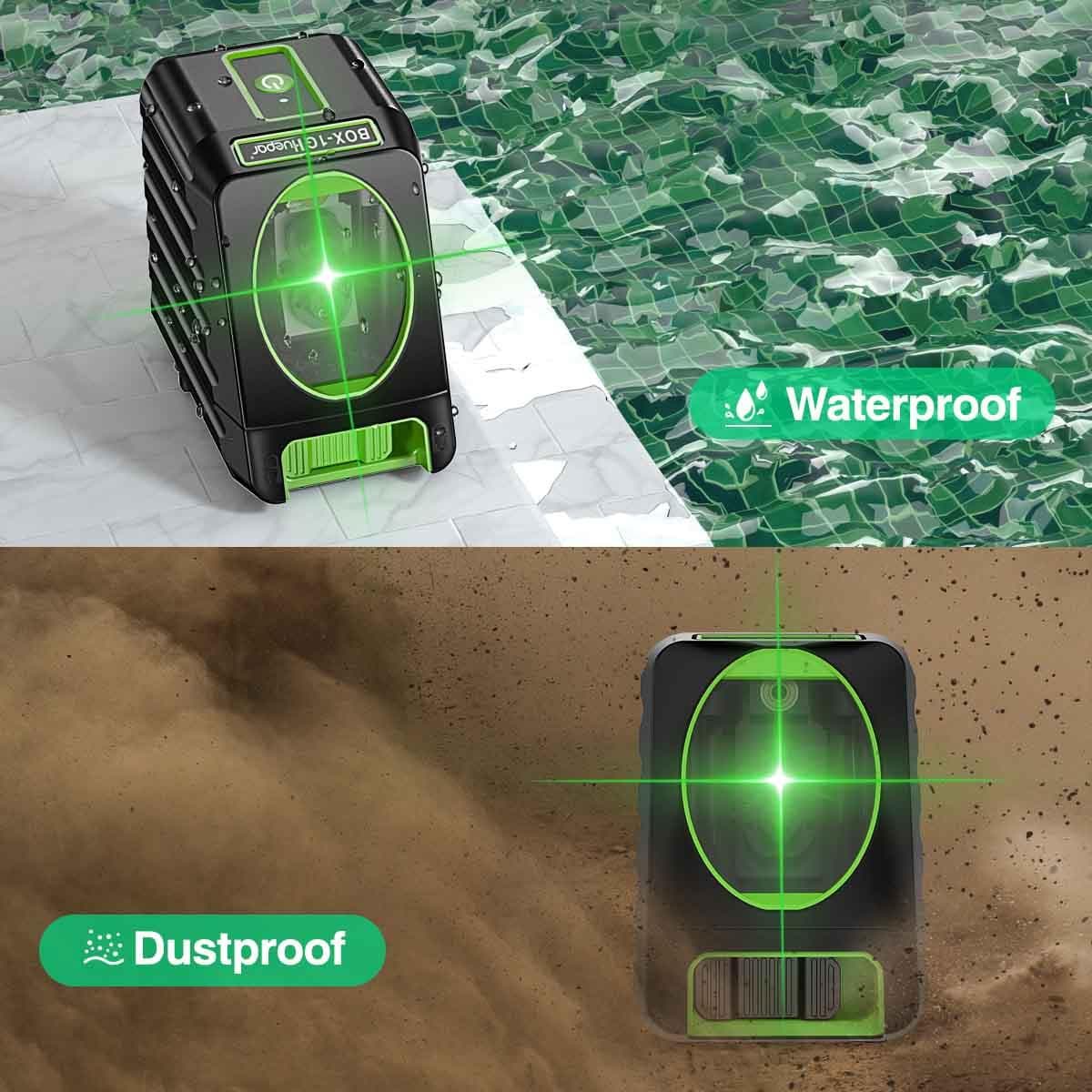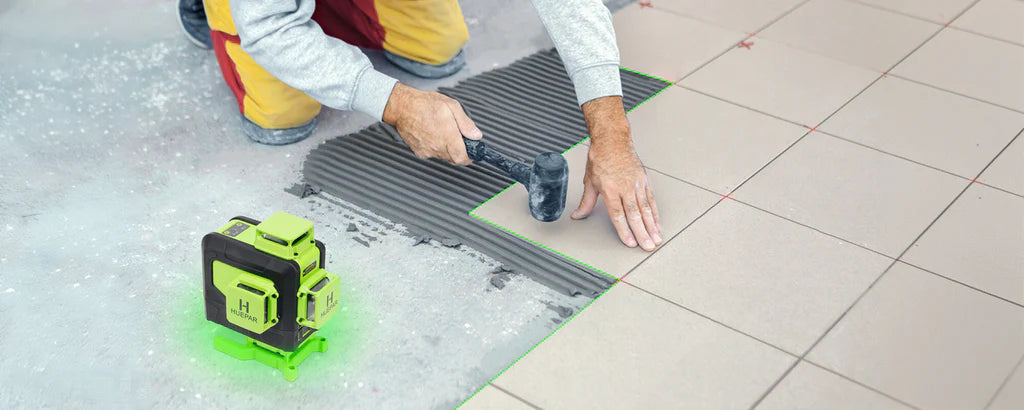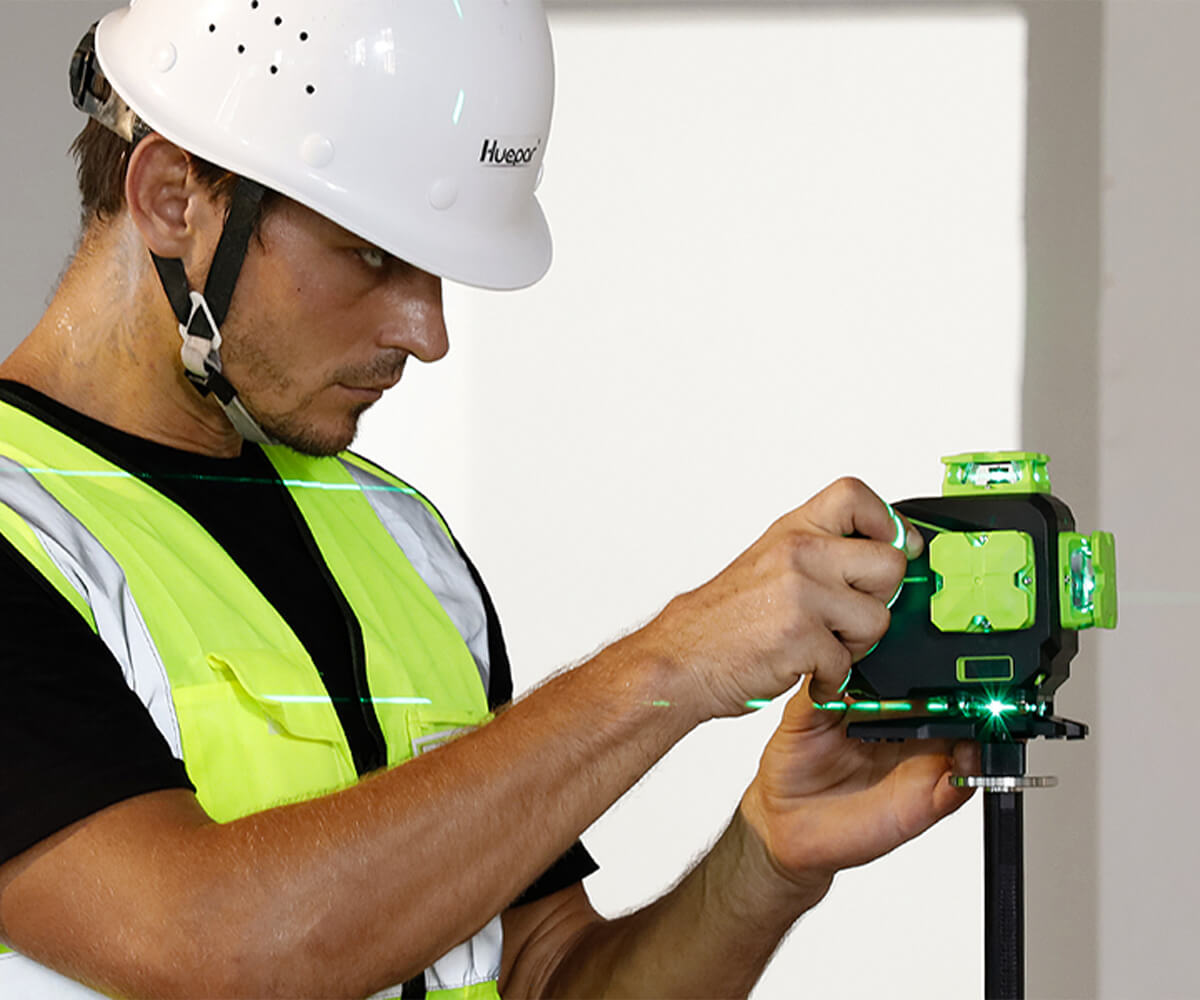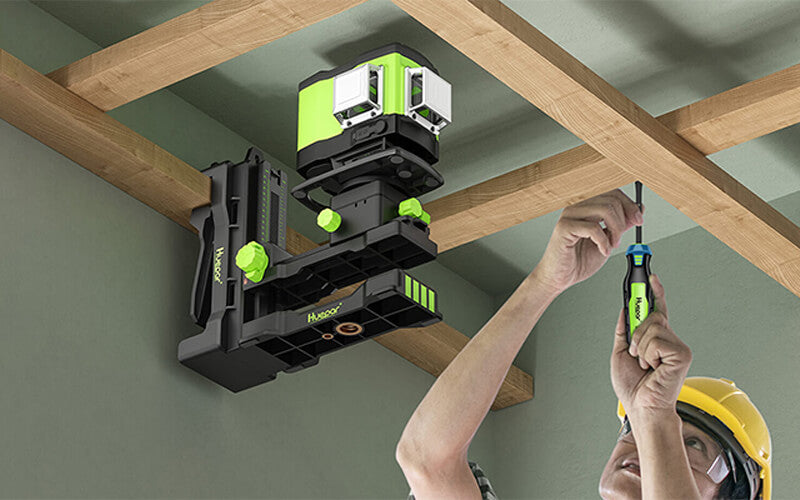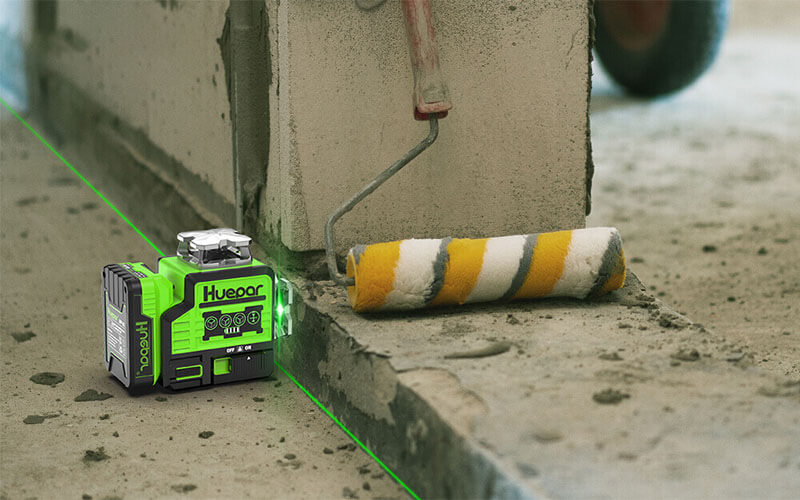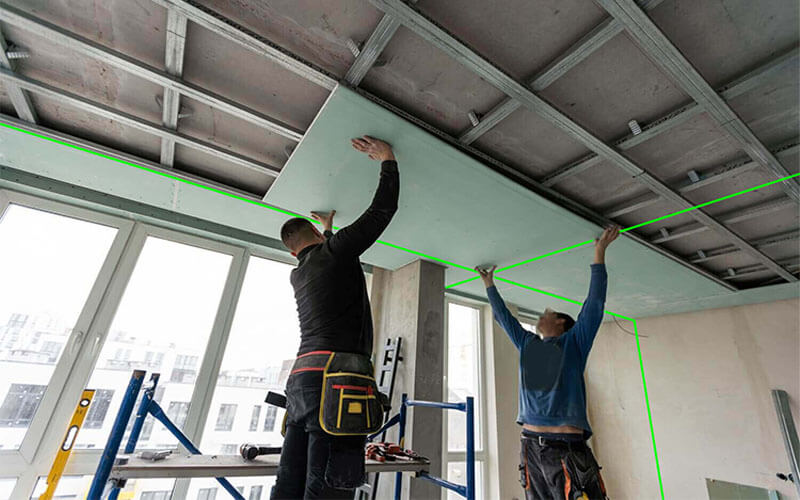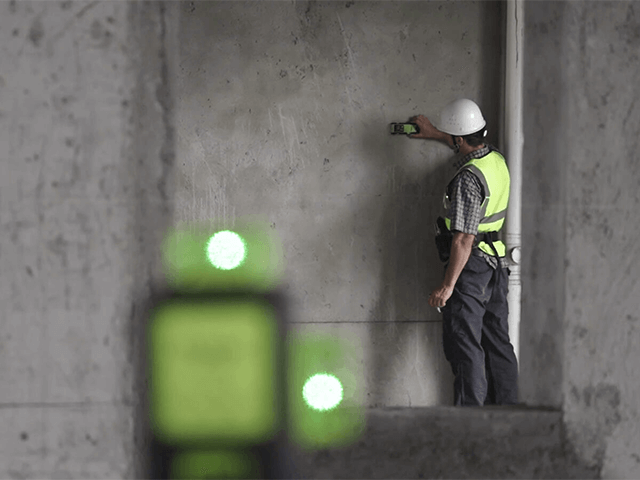
Master Your Construction Projects: Understanding 3D Laser Levels
Introduction to Laser Levels
The Basics of Laser Level Technologies
Laser level tech helps us build with precision. It uses a laser to create a straight line on a surface. This line guides workers during construction. It keeps the work straight and level. There are many types of laser levels. Each type suits different needs. They range from simple to advanced. Knowing how they work is key for any project.

Different Types of Laser Levels
There are several types of laser levels, each suited for different tasks. The most common ones include:
- Dot Lasers: Project precise dots on surfaces. Good for transfer points from floor to ceiling.
- Line Lasers: Emit a single line along a surface. Ideal for leveling at one height.
- Rotary Lasers: Spin to project a 360-degree line. They work well for outdoor and large space leveling.
- Cross Line Lasers: Cast lines that intersect. Perfect for aligning work at 90-degrees.
- 3D Laser Levels: Project lines on all planes. These are the best for full room layout.
Each type offers different benefits, so choose according to your project's needs.
3D Laser Levels Explained
Advantages of Using 3D Laser Levels in Construction
3d laser levels are a game-changer in construction. They provide several advantages:
- Accuracy: These levels project lines in three planes. This means more precise marking for layouts.
- Time-saving: With 3D lasers, multiple steps are combined into one quick process.
- Versatility: They are perfect for various tasks, from installing walls to tiling floors.
- User-Friendly: They offer easy setups with clear visuals. This makes them good for all skill levels.
- Increased Productivity: With quicker setups and fewer errors, projects move faster.
- Better Quality Control: Checking work is easier, leading to higher standards.
Using 3d laser levels can significantly boost efficiency and outcomes on job sites.
How 3D Laser Levels Improve Accuracy and Efficiency
3d laser levels boost construction precision and speed. With 360-degree beams, they allow for simultaneous horizontal and vertical alignment. This means fewer errors and rework. They aid in quick layout tasks and keep projects on track. Workers can set up once and work in all directions without moving the device. These levels reduce measuring time and increase overall project efficiency. For tasks that require exact angles and lines, like cabinetry or tiling, 3D lasers are ideal.
Choosing the Right Laser Level for Your Needs
Cross Line Laser Level vs. 3D Laser Level
When choosing a laser level, it's vital to know your project requirements. A cross line laser level emits lines along the X and Y axes. It's perfect for tasks like tiling and cabinetry. In contrast, a 3D laser level projects lines on all three axes, X, Y, and Z. This makes it ideal for complex projects like full room layouts. 3d laser levels are great for aligning walls, pipes, and beams. In choosing between the two, consider the intricacy and scale of your work.
4D Laser Levels: What Sets Them Apart
4D laser levels are the latest advance in leveling technology. They offer a full 360-degree layout, projecting lines on all sides. This allows users to cover the entire room from one point. Unlike the 3D versions, 4D levels can emit lines on ceilings, walls, and floors at the same time. They are ideal for tasks needing precise alignment from multiple angles. This makes them perfect for tasks like installing drop ceilings, tiling floors, or aligning complex structures. When time and precision matter, a 4D laser level is unmatched. Its enhanced functionality sets it apart from lower-dimension models. It's a game-changer for pros in construction and renovation.
Factors to Consider Before Purchasing a Laser Level
Choosing the right laser level is crucial for success in construction. Here are key factors to consider:
- Accuracy and Range: Check the unit's precision and maximum distance it covers.
- Durability: Look for robust designs that withstand job site conditions.
- Battery Life: Opt for models with long-lasting power for extended use.
- Ease of Use: Prioritize user-friendly interfaces and features.
- Leveling Capabilities: Ensure it has self-leveling options for faster setup.
- Mounting Options: Confirm it includes versatile mounting hardware.
- Price: Balance cost against the features and durability you need.
These points help you find a laser level that fits your project's requirements.


